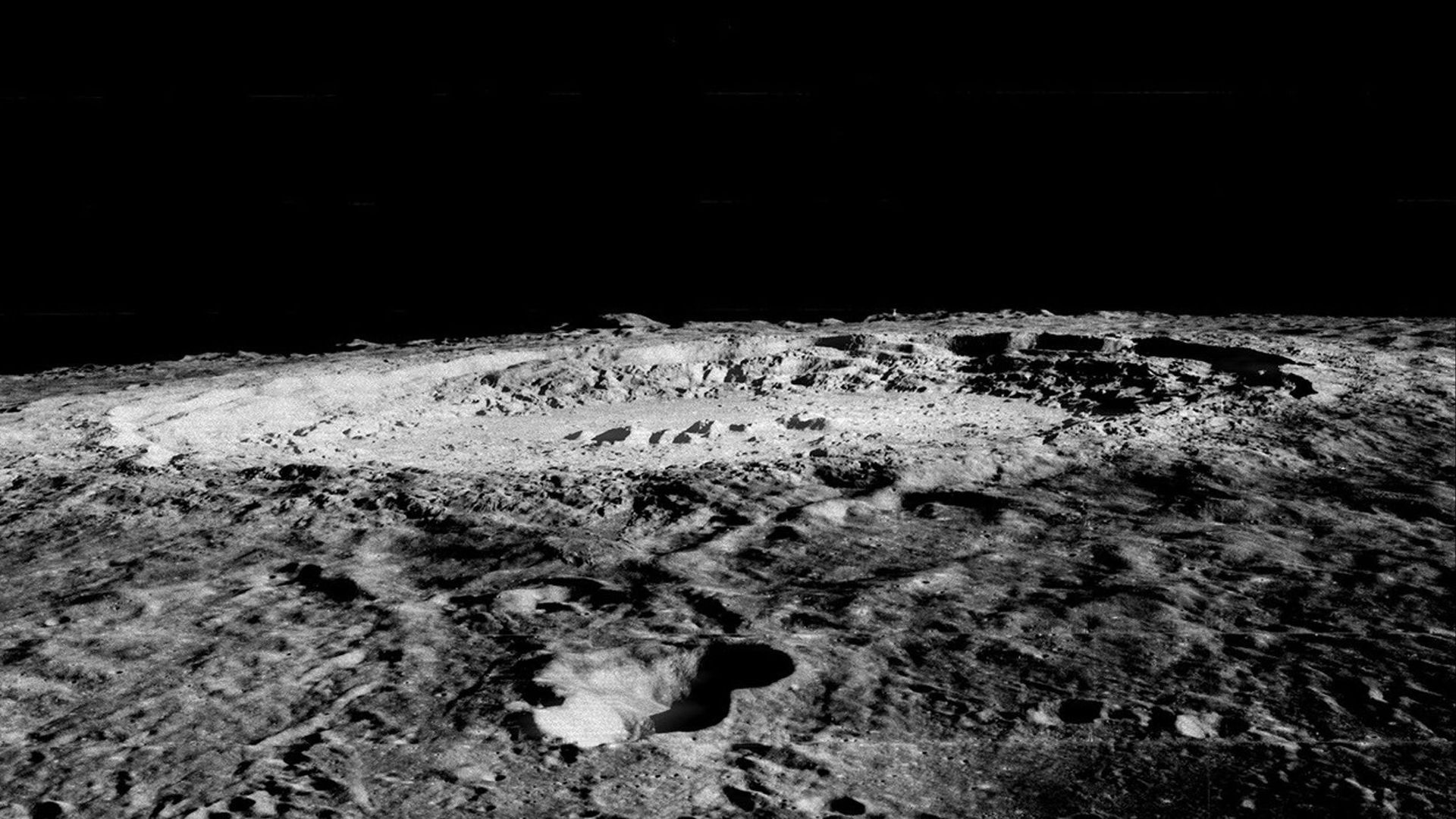Apollo: the mystery of magnetized moon rocks solved? 🧲
Follow us on Google News (click on ☆)
A recent study suggests these phenomena result from a major impact that temporarily amplified the Moon's magnetic field. This hypothesis is supported by computer simulations developed by MIT researchers.

The research team modeled the consequences of an impact similar to the one that formed the Imbrium Basin. The results indicate such an event would have generated superheated plasma, capable of briefly increasing the Moon's magnetic field. This phenomenon would have left a magnetic imprint on rocks from the far side.
The simulations show the impact would have triggered seismic waves concentrating on the opposite side. These vibrations would have aligned the electrons in the rocks with the amplified magnetic field, effectively freezing their orientation. This process, though rapid, would have lasted less than an hour.
Each rock would act like a compass needle, recording the field's orientation at the moment of impact. This analogy illustrates how lunar rocks could have retained their magnetization.
Future Moon missions, like NASA's Artemis program, could validate this theory. Analyzing highly magnetized rocks near the lunar south pole would provide crucial insights. The simultaneous presence of shock traces and ancient magnetism would be decisive evidence.

The Mare Imbrium basin on the Moon's near side.
Credit: NASA/JPL/USGS
In detail: how can an asteroid impact amplify a magnetic field?
A large-scale asteroid impact generates colossal energy, capable of vaporizing matter on the Moon's surface. This vaporization produces plasma, a state of matter where electrons are separated from atomic nuclei.
Being conductive, the plasma interacts with the existing magnetic field. As it moves around the Moon, it can concentrate and amplify this field in certain regions. This phenomenon is similar to how a natural dynamo works.
This amplification is temporary, as the plasma eventually cools and recombines. However, during this brief period, the magnetic field can reach sufficient intensity to magnetize surrounding rocks.
Numerical simulations help recreate these extreme conditions and understand how such a fleeting event can leave a lasting trace in lunar rocks.
Why do moon rocks retain their magnetization?
Lunar rocks contain ferromagnetic minerals, like magnetite, which can become magnetized in the presence of a magnetic field. Once magnetized, these minerals retain this orientation even after the field disappears.
The absence of an atmosphere and recent geological activity on the Moon means these rocks aren't exposed to processes that could erase their magnetization. Unlike Earth, where tectonic activity and erosion constantly alter rocks.
Meteorite impacts can also play a role by 'freezing' rock magnetization. The shock waves generated by these impacts can reorient magnetic minerals, aligning them with the ambient magnetic field at the time of impact.
This is why lunar rocks offer a unique window into the Moon's magnetic history, preserving information that would otherwise be lost in more dynamic environments.